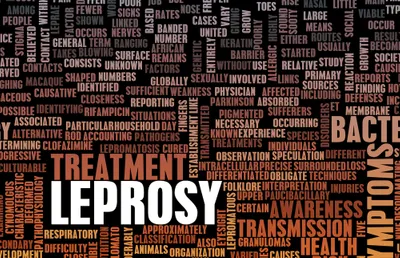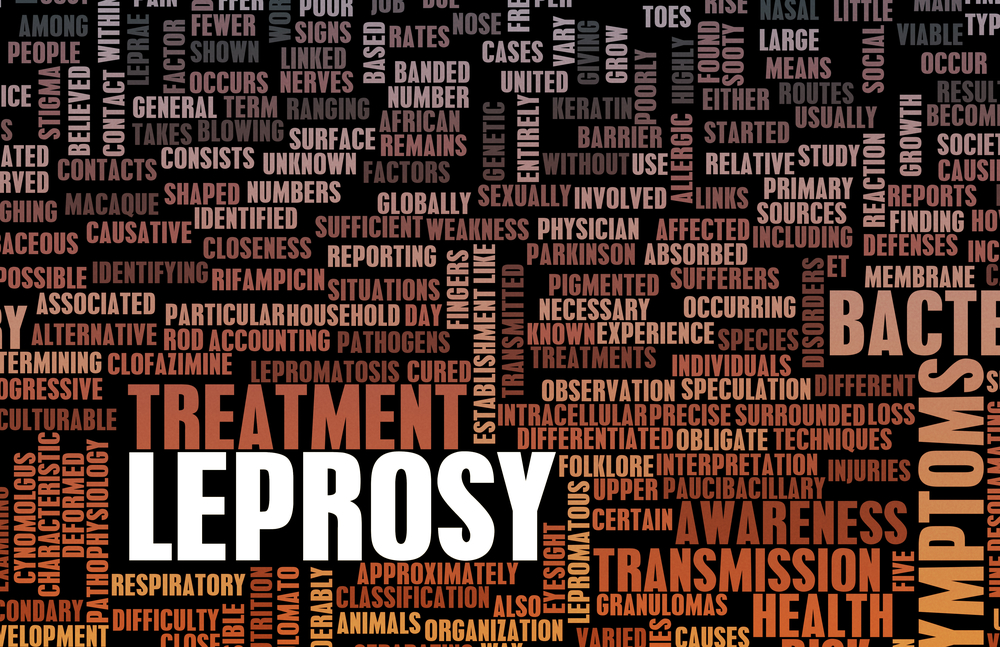
Leprosy is a complex condition. For one, many humans are not even susceptible to the bacteria that causes it. Because of a lengthy incubation period, those who are susceptible can aquire the bacteria but not see any symptoms for two decades.
The condition affects the skin, nerves, respiratory tract, and eyes. Over time, tissue becomes severely damaged, leading to disfigurement and the development of tumor-like growths.
The World Health Organization says cases of leprosy can be found in Bangladesh, Brazil, China, Côte d’Ivoire, Democratic Republic of Congo, Ethiopia, India, Indonesia, Madagascar, Burma, Nepal, Nigeria, Philippines, Sri Lanka and Tanzania. On average, these countries see about 1,000 diagnoses of leprosy each year.
But the condition is a rare sight in the United States, which is why so many people are alarmed by the emergence of three new cases in Florida over the past five months. It’s believed at least two of these people, all of whom live in Volusia County, acquired the bacteria after coming into contact with nine-banded armadillos, which are known to carry mycobacterium lepra.
Although leprosy cases are rare in the United States, the Centers for Disease Control and Prevention (CDC) typically reports about 100 new cases each year — almost all of which are found in the southern part of the country.
Overall, there were just 2,300 new cases of leprosy in the U.S. between 1994 and 2011.



